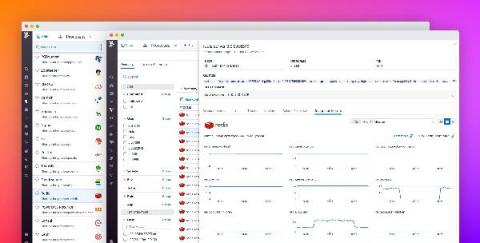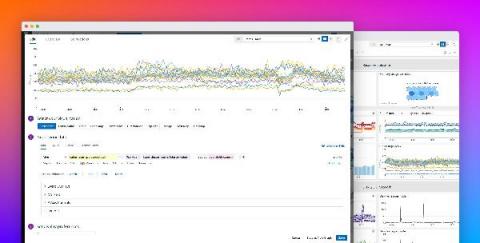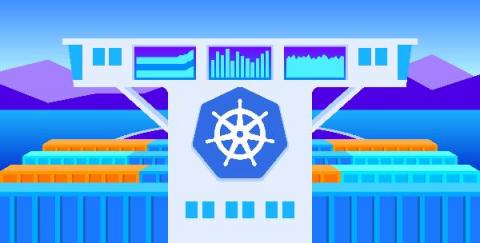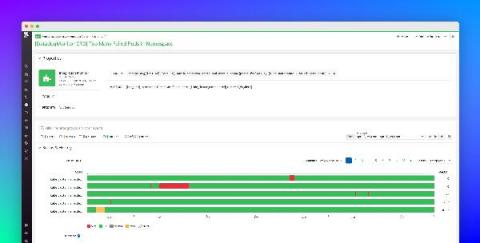Correlate software performance and resource consumption with new saved views in Live Processes
Your applications rely on third-party software running throughout your infrastructure, and it can be challenging to monitor each of these technologies individually. To give you the visibility you need, Datadog Live Processes now monitors all of your third-party workloads in one place.











